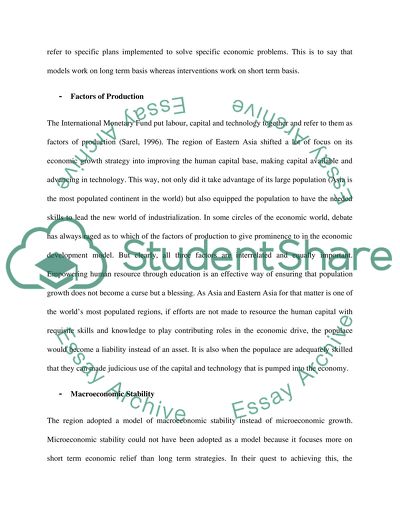Cite this document
(“The Economic Development of Eastern Asia Countries and the State Essay”, n.d.)
Retrieved from https://studentshare.org/macro-microeconomics/1430047-the-economic-development-of-eastern-asia-countries
Retrieved from https://studentshare.org/macro-microeconomics/1430047-the-economic-development-of-eastern-asia-countries
(The Economic Development of Eastern Asia Countries and the State Essay)
https://studentshare.org/macro-microeconomics/1430047-the-economic-development-of-eastern-asia-countries.
https://studentshare.org/macro-microeconomics/1430047-the-economic-development-of-eastern-asia-countries.
“The Economic Development of Eastern Asia Countries and the State Essay”, n.d. https://studentshare.org/macro-microeconomics/1430047-the-economic-development-of-eastern-asia-countries.


